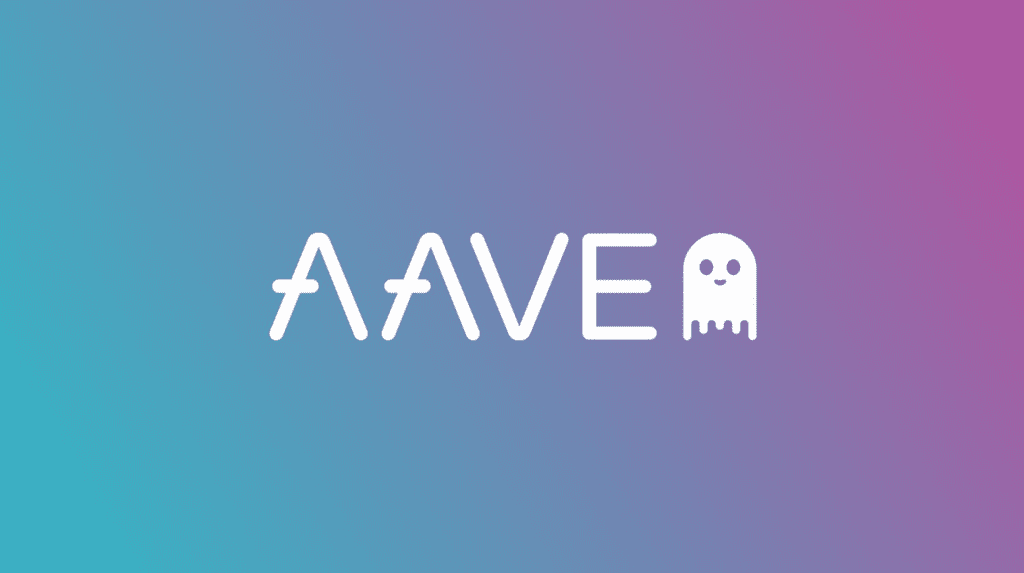Key Points:
- Aave approved an urgent proposal to disable CRV borrowing on Ethereum following a recent mass attack on Curve Finance.
- The ban aims to prevent traders from exploiting vulnerabilities in Curve and engaging in malicious shorting of borrowed CRV, which could trigger serial liquidations.
- Users express concerns about the potential large-scale CRV liquidation by Curve founder Michwill.
In response to the recent mass attack on the leading DeFi platform, Curve Finance, Aave has swiftly taken action by approving an urgent proposal to disable CRV borrowing on Ethereum.

The move comes as an attempt to prevent traders from exploiting the vulnerability in Curve and engaging in malicious shorting of borrowed CRV to trigger serial liquidations.
The proposal, known as AIP-125, had been previously passed by the Aave governance, granting the protocol the authority to prohibit the borrowing function of specific assets during emergencies. The primary concern behind this decision is to protect users from suffering significant losses due to panic-driven liquidations of CRV loans.
As of the latest data, Aave Ethereum v2 version holds over 300 million CRV supply, with approximately 95% of it coming from CRV founder Michwill‘s supply. However, only around 35 million CRV has been borrowed so far.

Users remain apprehensive about the possibility of Michwill’s massive CRV liquidation. The founder of Curve currently possesses 7,193,402 CRV, valued at approximately $4.6 million. Nevertheless, there have been efforts to mitigate the potential impact, with Michwill having already paid off a portion of the debt within the last six hours.
The recent attack on Curve Finance has exposed vulnerabilities in the project’s stablepool pools, specifically those using the Vyper 0.2.15 programming language. The attack has been repeated and has raised concerns about the safety of other protocols using Vyper.
In light of this, Slowmist reported that Vyper’s official documentation contains a faulty version, indicating a bug in the smart contract language layer that affects most protocols utilizing Vyper. Notably, many DeFi platforms, including the popular Uniswap, prefer the widely adopted Solidity over the less-popular Vyper.
Aave’s swift decision to disable CRV borrowing is seen as a proactive measure to protect users and safeguard against potential exploitation of the recent Curve hack. With the DeFi space continuously evolving, it remains crucial for protocols to address vulnerabilities promptly and fortify their security measures to ensure the safety of users and their assets.
DISCLAIMER: The information on this website is provided as general market commentary and does not constitute investment advice. We encourage you to do your own research before investing.


















